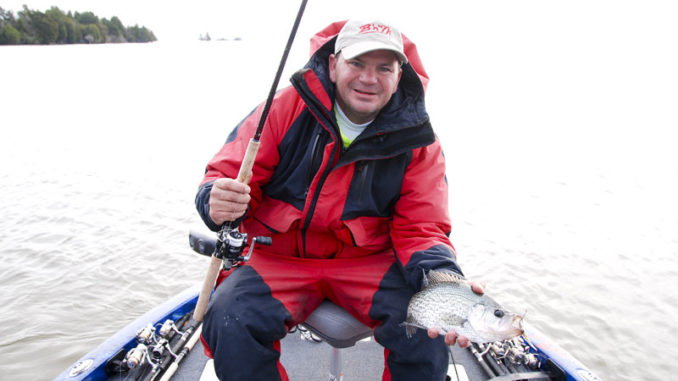
Three tactics for catching winter crappie


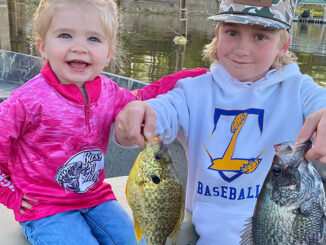
Molly Joyner and Mason Kennington had a great day of panfishing at Lake Wateree on April 8, 2024. […]
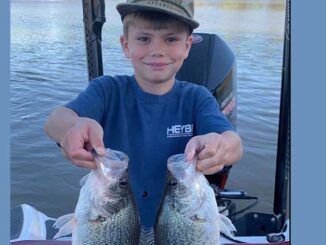
Colton Joyner caught some slabs on April 3, 2024 while crappie fishing at Lake Wateree. […]
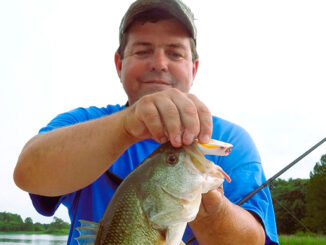
During May, anglers can expect hot action from just about every species of fish that swims in the Santee Cooper lakes. […]
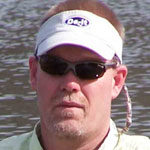
Copyright 1999 - 2024 Carolina Sportsman, Inc. All rights reserved.
Be the first to comment